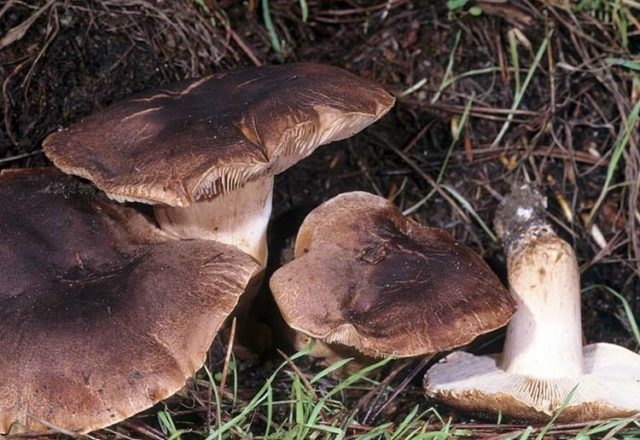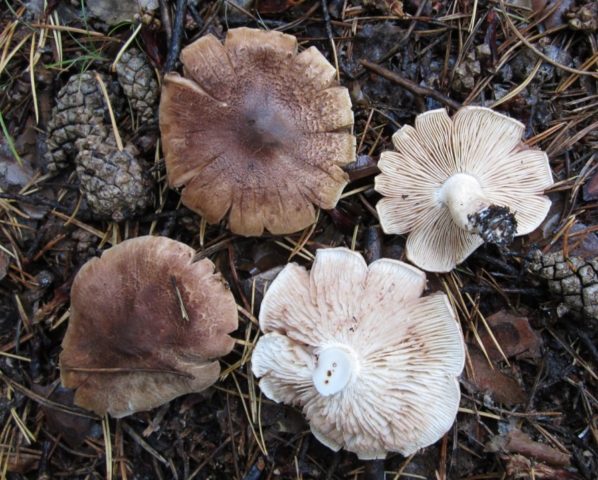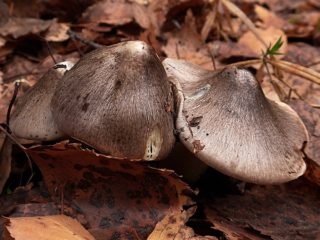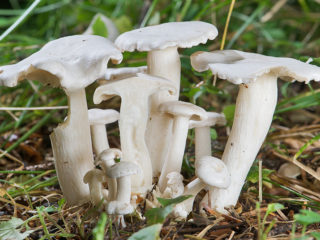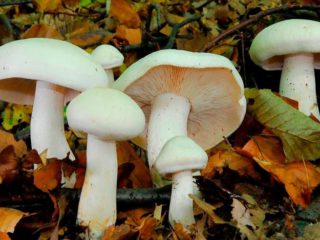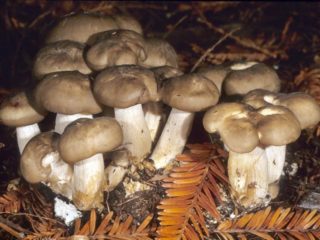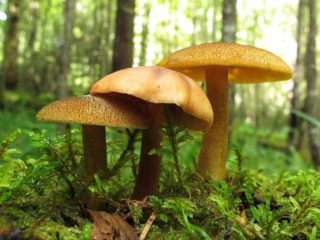Content
Row bearded from the genus Tricholoma belongs to the group of conditionally edible mushrooms, grows from late summer to early November in the coniferous forests of the Northern Hemisphere. It can be eaten after being cooked. However, given the low taste of these mushrooms, experts use them as part of dietary meals or after salting with other types.
Where do the bearded rows grow
The bearded ryadovka (from the Latin Tricholóma vaccínum), belongs to the department of Basidomycetes, the genus Tricholoma, grows in the Northern Hemisphere. This variety, which belongs to conditionally edible mushrooms, is capable of forming a fungus root with representatives of conifers. Most often, the symbiosis between the mycelium and the roots of plants belonging to the highest form is observed in association with spruce, fir, and pine. In wetlands, there may be a fellowship between willow or alder roots and mycelium. The bearded row is found in late summer and autumn, the season for this type of mushroom is from August to November.
What do the bearded rows look like
Another name is woolly ryadovka. The fungus is distinguished by the presence of a scaly-woolly skin that has a pink-brown or reddish tint. The edges are lighter in color than the center, which is darker in color. The surface is covered with hairs or fibrous scales of a large size, at the end of the "beard" there may be remnants of the veil.
Young representatives of this species have a wide cap, which has a conical or wide-convex shape and sizes from 2.5 to 8 cm in diameter. Over time, it acquires a flat-convex shape with a small protrusion in the center.
Bearded rows have sparsely located notched-accrete hymenophore plates. The color of these structural parts can fluctuate between white and yellowish tint, which changes to brown when they are damaged. Sometimes specks of brownish tone can be observed on the plates.
The spore powder is white. Each of the elements has an elliptical or spherical shape and dimensions of 5.5–7 × 4–5.5 µm, while four-spore basidia have dimensions of 17–32 × 6–9 µm.
The bearded row has a slightly thinning downward or straight leg shape, the thickness of which is within 1-2 cm with a length of 3-9 cm. takes on a brownish-reddish tint.
Is it possible to eat a bearded ryadovka
The bearded row belongs to the conditionally edible species. This means that the mushroom is not poisonous and can be eaten after preliminary preparation.Most often, this treatment is considered salting together with other types of mushrooms, however, frying and pickling the row is also permissible.
Mushroom taste
The dense, fleshy flesh of the mushroom has a slightly yellow or white color; according to some sources, it does not have any pronounced odor. Other mushroom pickers describe that the bearded ryadovka has a bitter and expressionless taste with an unpleasant dusty or flour smell.
According to gastronomic criteria, the mushroom does not have high culinary qualities. It can be eaten after preliminary heat treatment. However, given its poorly pronounced taste characteristics, it is recommended to use it for pickling, frying or pickling along with other mushrooms.
Benefits and harm to the body
Under the condition of correct preliminary preparation, the bearded rowing does not harm the body. At the same time, representatives of this group are of particular value in the treatment of tuberculosis. However, to eliminate harm to the body, it is better to use them only after prior consultation with your doctor.
False doubles
Among similar varieties of mushrooms, experts call the scaly row (Tricholoma imbricatum), which can be distinguished by the absence of a "beard" rim, a less saturated color of the cap and smaller scales.
Use
With heat treatment, the mushroom acquires a rich taste, well suited for combined use with potatoes, meat, fried onions. When preparing salads, it goes well with paprika, eggs, bell peppers, rice, mayonnaise.
Conclusion
The bearded row belongs to a fairly common type of conditionally edible mushroom, characterized by a scaly texture and a deep red color of the cap. Not having an independent culinary value, they are well combined in the cooking process with other types, suitable for dietary meals. For therapeutic purposes, after prior agreement with the attending physician, it can be used in the treatment of tuberculosis.
